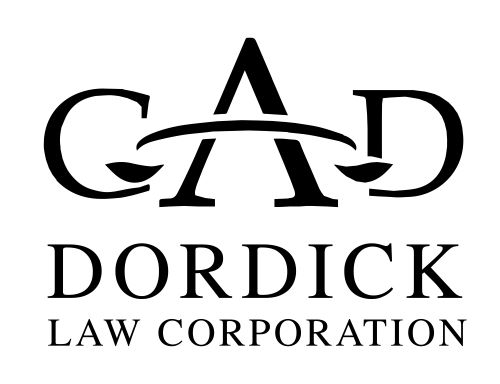Juicing vs. Blending..? The 411.
(It all comes down to the issue of fiber, and not all of those trendy cold-pressed juices have that important dietary component.)
Use the term “liquid lunch” around people of a certain age, and they conjure a leisurely succession of martinis. That is so last century. These days, a liquid lunch is more often juice. I’m not talking the canned juice that takes up an entire aisle at the supermarket and fuels many a kid’s birthday party, but a bottle or to-go cup of stuff that’s often in shades of green that range from Great Dismal Swamp to Day-Glo, depending on whatever combination of nutrient- and antioxidant-rich vegetables (including kale, spinach, chard, watercress, and parsley) it may contain.
Many of those who have jumped on the juice wagon have been inspired to “reboot” by the 2010 Joe Cross documentary, Fat Sick & Nearly Dead. (A must see.. you can rent it on Netflix or stream it from the web) Juicing makes it easier and faster to get more vegetables and fruits (and a greater variety of them) into your diet, or that of your family. And because it usually takes a number of servings of the whole vegetables and/or fruits to produce a few ounces of juice, it’s a highly concentrated source of nutrients. You could argue, in fact, that juice is the ultimate convenience food: You don’t even have to chew, let alone cook.
I’m not being snarky: The most up-to-date U.S. dietary guidelines call for five to 13 servings (2½ to 6½ cups) of fruits and vegetables a day, based on calorie intake, but the average American consumes a dispiriting total of just three cups (not including potatoes) per day. If he or she swings into 7-Eleven or Whole Foods to pick up a juice instead of a soda, how could that be bad?
Many advocates say juicing beats eating whole vegetables and fruits because you can better absorb the nutrients. They also say it can help reduce your risk of cancer, boost your immune system, remove toxins from your body, and help you drop unwanted pounds.
There is some evidence to suggest that some nutrients, especially cancer-fighting carotenoids (which are found in carrots, spinach, apricots, tomatoes, red bell peppers, and more) do seem to be absorbed more readily from juice. But juicing does not provide fat, protein, and complex carbohydrates—all essential to good health. And many foods—including carrots, spinach, asparagus, tomatoes, cabbage, and peppers—supply even more antioxidants (lycopene and ferulic acid among them) to the body when cooked. It’s also worth noting that because most juicing removes fiber from vegetables and fruits (I’ll get to that in a minute), the natural sugars present in the plants (in particular, fruits, carrots, and beets) are absorbed easily, too, causing a spike in your blood sugar (and, not surprisingly, in your energy level) and putting your pancreas into overdrive.
As far as detoxing goes, I’ll explore that subject in greater detail another time, but in short, there is absolutely no scientific evidence showing you can remove toxins by juicing. Our organs (especially the liver) and digestive system do that job by converting toxins into nontoxic substances we excrete. That said, however, our natural detoxification system is made stronger by many foods, including some entire food groups, such as the Brassica family (which counts broccoli, brussels sprouts, cabbage, kale, and watercress among its members) and alliums like garlic, leeks, and onions.
Okay, about dietary fiber: When you toss veggies and/or fruits into most juicers, you are kissing the fiber, which is in the skin and pulp, goodbye. We all know that fiber prevents or relieves constipation, but it also helps you maintain a healthy weight (it provides a sense of fullness) and steady blood sugar levels, and also lowers your risk of heart disease and diabetes. The Harvard School of Public Health recommends that children and adults consume 14 grams of fiber for every 1,000 calories of food they eat each day. For an adult male between the ages of 19 and 30 who eats about 2,800 calories per day, that means 38 grams of fiber per day; for an adult female of the same age who eats about 1800 calories per day, that means 25 grams. Any mention of fiber brings us to blending, the act of whizzing up fruits and/or vegetables in a blender. Like juicing, blending is a great way to sneak vegetables and fruits that you otherwise might not eat into your diet. But blending always leaves the fiber intact, and if you aren’t eating enough fiber-rich foods, then working a smoothie into your daily routine is a smart thing to do.
Eat Healthy and Thrive! Enhance Performance & Recover Faster. Sound Nutrition is The Competitive Edge!(By Markus & Texas Boesch/Eat Healthy and Thrive) ___________________________
FYI: The Vitamix changed our lives and it can do the same for you and your family. It’s definitely one of the “Best Investments” you will ever make in your health. I know they are costly but we found out that Vitamix offers new and refurbished models, they even have an awesome payment plan to make things easier on the wallet! Beware there are many copies out on the market that make bold claims but keep in mind there is only one Vitamix, it’s the Real Deal..!



